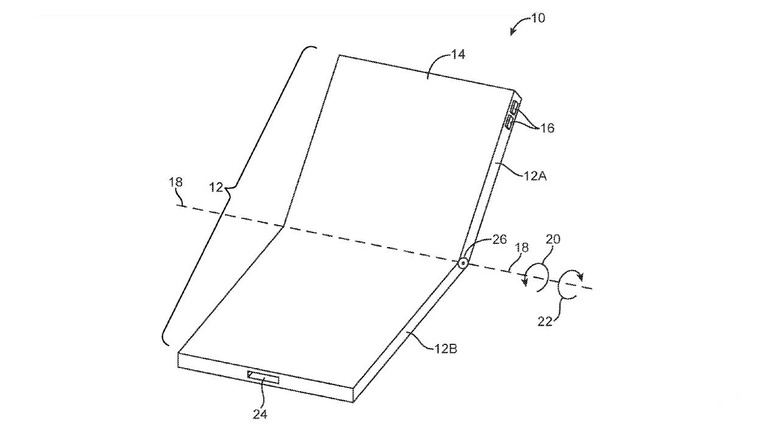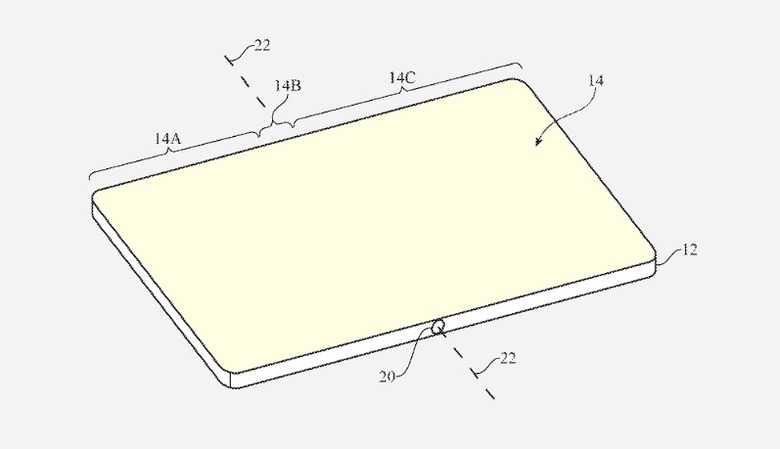Will Apple Do A Foldable iPhone Or Are We Expecting Too Much
If you stand on the street for a random survey – should Apple launch a foldable iPhone – you'll return with replies in the affirmative more often than expected. The foldable phone market has matured since the niggly launches of Samsung's first foldable and the Motorola Razr. Phones unveiled in 2020 have less fragile displays, bendable screens do not cringe, hinges are better sealed against dust and water, and the handsets are working their way up to be as durable as our regular smartphones.
Samsung is definitely leading the pack with foldable smartphones that either flip open or unfold like a book to offer tablet-like display in phone form factor. Koreans along with the other companies – Motorola, Huawei and others experimenting with the possibility – are understanding the fact that a phone that folds must do so for a purpose, delivering folding phones just because they are in trend is not enough.
Apple is watching all this transformation happen from the sidelines. There have been hints of Apple toying around with the possibility of its own foldable phone but nothing substantial has ever made to the mainframe. Apple has filed a few patent applications and numerous mockups of what a foldable iPhone could look like have crowded the tech space; yet we are awaiting a folding iPhone, which if latest reports are anything to go by, is not going to come to fruition before September of 2022.
The First Apple patent for a phone that folds was seen in 2016. A year later, there was some more movement backed by a number of intriguing patents since but the Cupertino giant has been utterly secretive about the progress it has made in all these years. It has been carefully weighing its options, while OEMs toil and mend issues creeping up in their devices.
Folding phone technology is inching closer to a full proof state where bigger issues like durability and battery life are resolved and people can use these folding devices as their daily driver. Getting a foldable phone with the level of Apple's bend for design and precision sure sounds exciting. Apple has this knack of delivering products whose designs influence the industry – as in the case of iPods, iPads, and undoubtedly since the release of the first iPhone in 2007.
Only a countable number of foldable phones have been widely released, and companies are still fine-tuning their offerings to gel with the consumers' demand. In such a scenario; Apple, which can be ridiculed for chasing other monikers from two blocks behind has an open ground in front of it. A device with a level of Apple's polish will make a niche for itself – given that Apple has done its share of R&D to cook up the ideal recipe for a folding phone.
Unapologetically, Apple has considered taking time before releasing its own devices, especially so in case of adopting new technologies for the iPhone for instance the face unlocking or wireless charging. It is not surprising then that a foldable iPhone – flip or fold, whatever it would be called – wasn't rolled out with the iPhone 12 line-up this year, nor is there a possibility of seeing it with the iPhone 13 next year – but it's inevitable.

Motorola, Huawei, and Samsung have different styles of folding phones already on the market. Apple has in addition proposed a foldable phone – via patent application – featuring hinges that can fold in half or in thirds. The patent doesn't clearly state that this technology is for use in a phone – but it says "it would be desirable for use in flexible displays" – easy to guess what Apple is hinting at.
Apple had also proposed a different spin to the foldable phones with self-healing skins for such devices. LG introduced the concept of a self-healing rear cover, which can repair minor abrasions on its own, in a very nascent stage in its G Flex phablet, but the technology never really took off. Apple's application is no indication that it is working on a foldable phone with a 'self-healing elastomer' body, but if it does, there is no looking back.

These are all possibilities – let's just cut the chase and understand what is really on the cards. What Apple is actually doing to ensure we are not just expecting too much in terms of a folding iPhone. Reportedly, the concept of a folding iPhone is ultimately grown beyond the drawing board and is making it to testing.
According to a Taiwanese media outlet that cited supply chain sources, Apple has actively begun testing the possibility of a folding phone with flexible panels from Samsung and bearings manufactured by various suppliers. The assembly will be handled by Hon Hai that trades as Foxconn and is Apple's long-term assembly partner. If all goes as planned, the report claims Apple will launch its first foldable iPhone in September 2022.
Apple is allegedly setting new quality standards – the folding iPhone is going to go through 100,000 folds in the initial testing. Laptops generally are opened and closed about 30,000 times in durability tests before the official launch. In case of phones, more repetitions are necessary because they are going to be opened and closed more frequently than laptops. Samsung for instance tested the Galaxy Fold over 200,000 times, a similar benchmark was followed by LG Wing. Apple would have benchmarks pushed by the time the device is actually ready for the market.
As we have come to realize, Apple wants to make the most refined version of the foldable phone and arrive in the market with a product that has minimum glitches at launch. For Apple fanboys the wait up to 2022 may seem very long and painful, considering so many Android foldables are waiting to spout in the interim, but the odds add up to one fruitful wait in the making.
